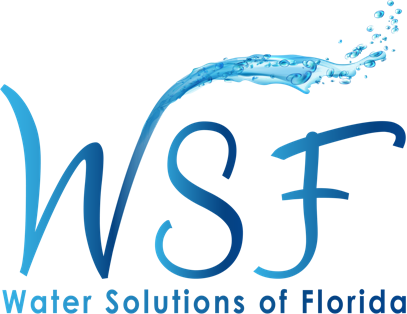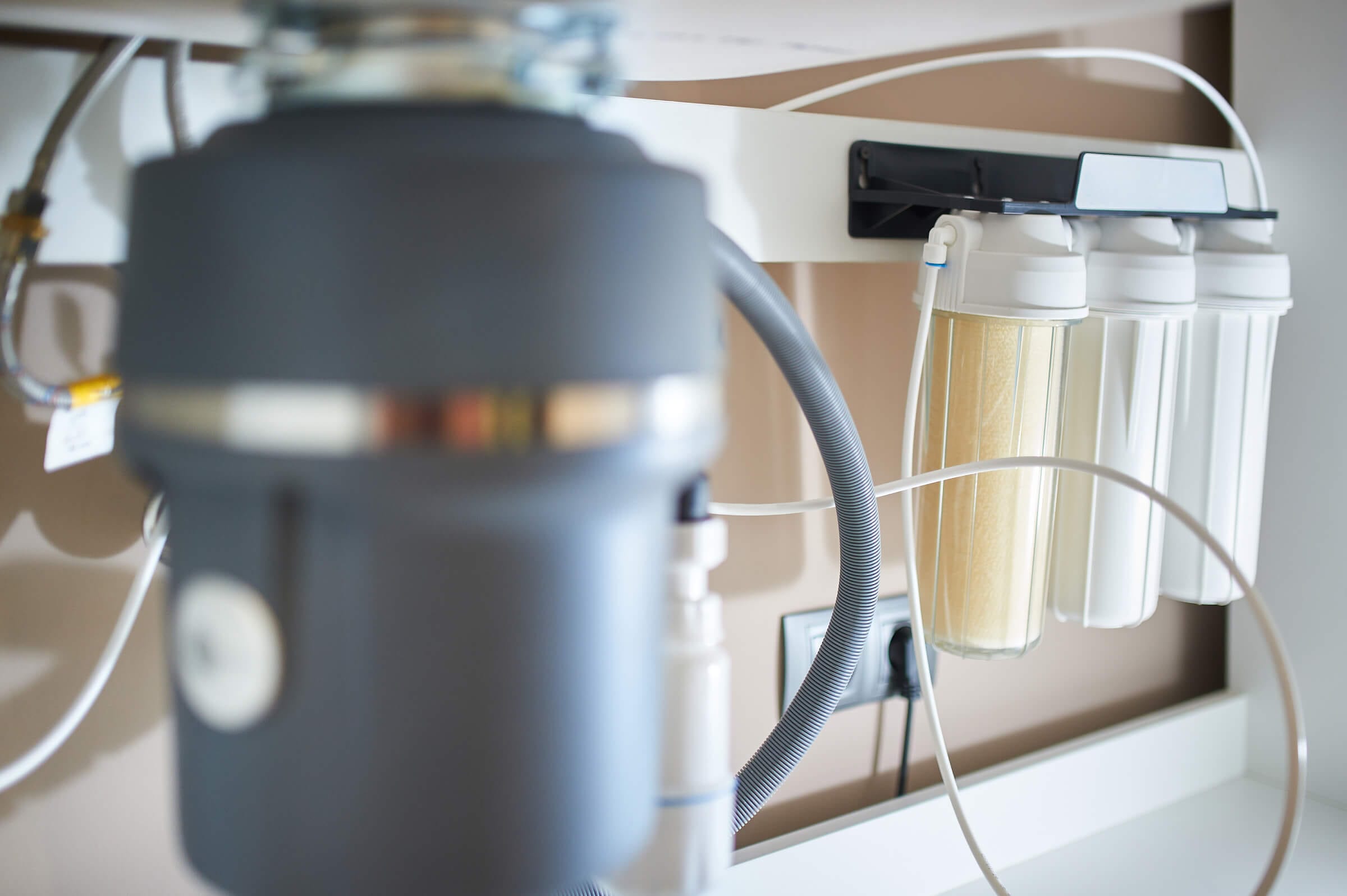What Is Reverse Osmosis—and How Does It Work?
Reverse Osmosis (RO) is a water purification method that reverses the natural process of osmosis. In natural osmosis, water flows through a semipermeable membrane from a region of low solute concentration to one of higher concentration, aiming to reach equilibrium. RO flips this process by applying external pressure—forcing water against its natural flow through the membrane to produce purified water on the other side while retaining impurities.
Here’s the basic mechanism:
- Feed water is pressurized, typically between 30 psi and 250 psi (freshwater/brackish) or even higher for seawater.
- Water is pushed through a semipermeable membrane that blocks contaminants—like dissolved salts, heavy metals, bacteria, viruses, fluoride, PFAS, and more—but allows water molecules to pass.
- Pure water (permeate) emerges on the clean side, while concentrated waste (brine or reject), containing the rejected impurities, is flushed away.
2. From Clean Water to Waste: Multi-Stage Purification
Most RO systems include pre-filtration stages to protect and extend the RO membrane’s lifetime:
- Sediment filters trap larger particles like rust, sand, or silt.
- Carbon filters reduce chlorine (which can degrade the membrane), improve taste, and remove odors. This staged approach ensures your system operates efficiently and with optimal purity.
3. Why RO Works So Well: Tiny, Precise Filtering
RO is classified as hyperfiltration—the finest filtration tier—removing particles as small as ~0.2 nanometers (0.0002 µm), exceeding the capabilities of micro-, ultra-, or nano-filtration.
At the membrane level, cutting-edge studies from Yale’s Menachem Elimelech revealed that water transports in clusters through micro-scale transient pores in the polymer membrane. This “solution-friction” model replaces the older “solution-diffusion” concept—they discovered that water doesn’t diffuse molecule by molecule but rather moves as grouped clusters, and pressure, not diffusion, is the primary driver WIRED. This improved understanding could enable more energy-efficient RO membrane designs and enhance removal of stubborn contaminants like boron, chloride, and PFAS.
4. Maintaining Performance: Scaling, Fouling & Pre-Treatment
Membrane scaling occurs when dissolved minerals—like calcium carbonate or phosphate—precipitate onto the membrane surface, increasing energy demand and reducing water output.
Meanwhile, membrane fouling—from organic matter, biofilms, or colloids—can block pores, further hampering efficiency and requiring frequent cleanings.
Effective solutions include:
- Pre-treatment using antiscalants (chemicals that inhibit mineral deposits).
- Adequate filtration stages to minimize fouling.
- Routine maintenance and selective cleaning to preserve membrane performance.
5. Point-of-Use RO: Benefits and Efficiency Concerns
Point-of-use RO systems (like under-sink models) are convenient and highly effective—targeting specific fixtures and delivering ultra-clean drinking water.
However, traditional designs waste considerable water—typically producing 5 gallons of reject for every gallon of permeate. Look for systems certified by EPA’s WaterSense, which use as little as 2.3 gallons of reject per gallon of treated water, returning significant savings in both water and energy over time.
Why It Matters for Your Home and Family
- Exceptional Purity: RO tackles a broad spectrum of contaminants—ideal for families seeking healthier drinking water, especially in well or city water systems typical of Florida.
- Advanced Engineering: Scientific breakthroughs like the solution-friction model promise more efficient, targeted RO solutions in the future.
- Smart Installation Matters: Efficient pre-treatment and WaterSense-certified systems improve eco-friendliness and cost-efficiency.
Tailoring RO for Florida Homes: Water Solutions of Florida’s Approach
At Water Solutions of Florida, we combine scientific rigor with real-world service:
- Our installations are backed by local expertise—ensuring systems are well-maintained and matched to regional water characteristics.
- We design multi-stage RO systems to suit your specific water profile—whether sourced from the city or a private well.
- Our pre-treatment options include sediment filters, carbon filters, and antiscalants to minimize scaling and fouling.
- We prioritize efficiency, recommending WaterSense-style performance where possible.
- Our installations are backed by local expertise—ensuring systems are well-maintained and matched to regional water characteristics.
Conclusion
Reverse osmosis isn’t just a fancy filter—it’s the result of precise engineering and molecular science working to protect your health. At Water Solutions of Florida, we passionately bring that science into your home. Contact us today!

